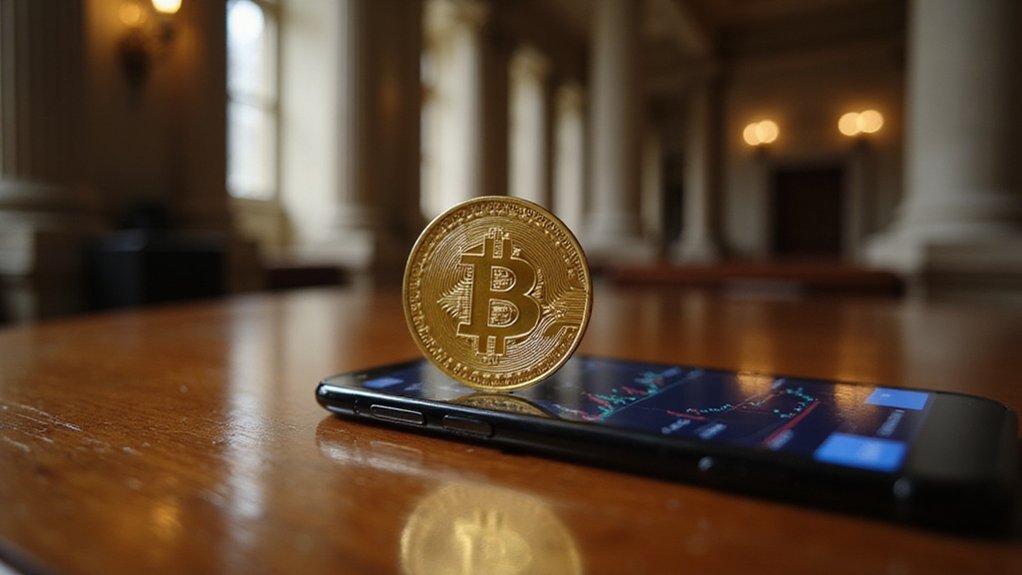Circle Internet Financial’s public debut on June 5, 2025, delivered the kind of first-day performance that transforms CFOs into temporary celebrities and makes underwriters question whether they left money on the table—or perhaps several tables. The USDC issuer‘s shares opened at $69, more than doubling its $31 IPO price, before closing at $82.84—a 167% surge that briefly touched $103.75 during intraday trading.
The pricing drama began before the opening bell, with Circle pricing above its expected $27-28 range to raise approximately $1.1 billion through 34 million shares. Goldman Sachs, JPMorgan, and Citigroup likely watched with mixed emotions as their carefully calculated valuation immediately proved conservative, though one suspects they’re accustomed to such pleasant miscalculations in volatile markets.
Circle’s business model centers on the elegantly simple concept of earning interest on reserves backing its $61.5 billion USDC stablecoin—cash and short-term Treasuries that generate revenue while maintaining the token’s dollar peg. This positions the company as both a financial services firm and cryptocurrency infrastructure provider, a duality that apparently resonates with investors seeking exposure to digital assets without the volatility typically associated with Bitcoin or Ethereum. As a fiat-collateralized stablecoin, USDC maintains its stability through reserves held in traditional bank accounts, distinguishing it from more volatile cryptocurrency alternatives.
Circle’s elegantly simple model of earning interest on stablecoin reserves offers digital asset exposure without cryptocurrency’s traditional volatility.
The stablecoin market presents fascinating competitive dynamics, with Circle’s USDC commanding second place behind Tether’s $153.8 billion USDT. While regulatory uncertainty has historically plagued cryptocurrency companies, recent developments suggest a more favorable environment. The proposed GENIUS Act aims to establish federal stablecoin governance frameworks, while political support from lawmakers—including President Trump—signals potential regulatory clarity ahead.
Market reception exceeded expectations, with shares continuing their upward trajectory by 35.56% on the second trading day. This enthusiasm reflects broader investor confidence in stablecoins as essential cryptocurrency infrastructure, particularly as institutional adoption accelerates and regulatory frameworks solidify. CEO Jeremy Allaire emphasized the growing investor understanding of digital currency markets and their transformative potential. Circle’s impressive first-quarter performance showed Q1 2025 earnings of $64.8 million alongside $578.6 million in revenue, demonstrating the company’s ability to monetize its stablecoin infrastructure effectively.
Circle’s IPO represents more than a successful public offering; it validates the stablecoin sector’s maturation from experimental technology to legitimate financial infrastructure. The company’s ability to generate consistent revenue from interest-bearing reserves while facilitating digital transactions positions it uniquely within both traditional finance and cryptocurrency ecosystems—assuming, of course, that interest rates and regulatory winds remain favorable.









